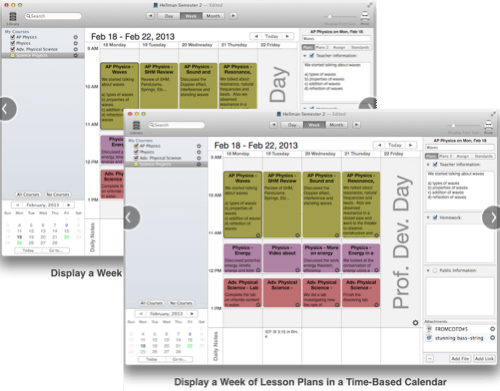I'm preparing to record episode 50 of the Teaching in Higher Ed podcast and I need your help.
Share a take-away and a recommendation for episode 50
Please call our podcast voicemail line and leave a message for the show. Share a take-away you've had from any of the episodes this past year and give one recommendation you have for other members of the Teaching in Higher Ed community.
949-38-LEARN
1-949-385-3276
I will use as many of your messages as I can on episode 50 and we can all look forward to rediscovering some of the lessons from the show so far.
Top Ten Most Downloaded Episodes
(as of 4/14/15; the download counts fluctuate greatly, as new people discover the show)
- #023: How to engage students in the classroom and online (guest: Jay Howard)
- #015: How to get students to participate in a discussion (guest: Stephen Brookfield)
- #034: Practical productivity in academia (guest: Natalie Houston)
- #037: Developing critical thinking skills (guest: Tine Reimers)
- #018: How technology is changing higher education (guest: Audrey Watters)
- #036: What the best college teachers do (guest: Ken Bain)
- #041: What to do before you act on all you've captured (co-host: Dave Stachowiak)
- #028: How to see what we've been missing (guest: Cathy Davidson)
- #030: Teaching naked (guest: Jose Bowen)
- #032: Lower your stress with a better approach to capture (co-host: Dave Stachowiak)
Top Ten Blog Posts This Month
- EdTech recommendations for the Mac Power Users
- How to make a seemingly boring topic come to alive
- HeadsUp game is a lively edtech tool
- Find the right reference manager
- Creating micro lectures for blended or online courses
- Getting things done gets re-done
- 5 apps that will help you be more organized in the new school year
- How to apologize [as a professor]
- How to develop library research skills in college students
- The danger of making assumptions as educators
[reminder]If you prefer not to leave a voicemail, please consider adding a comment with your take-away and recommendation.[/reminder]




